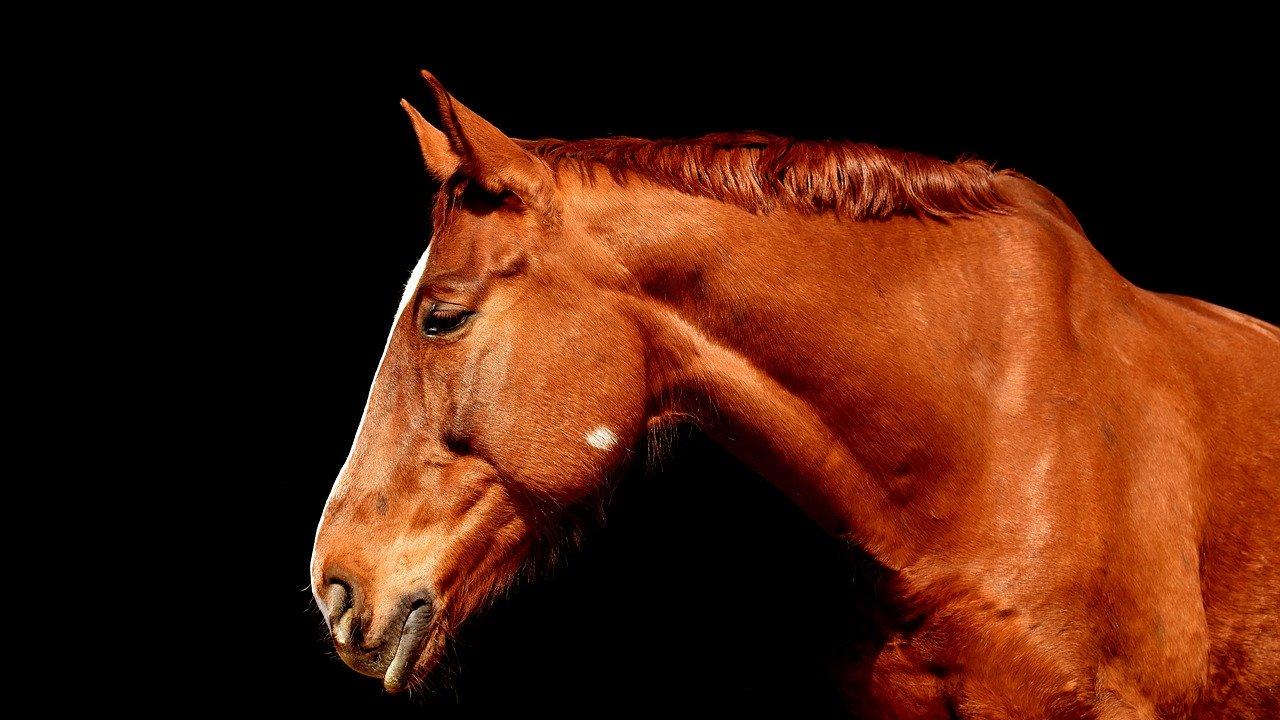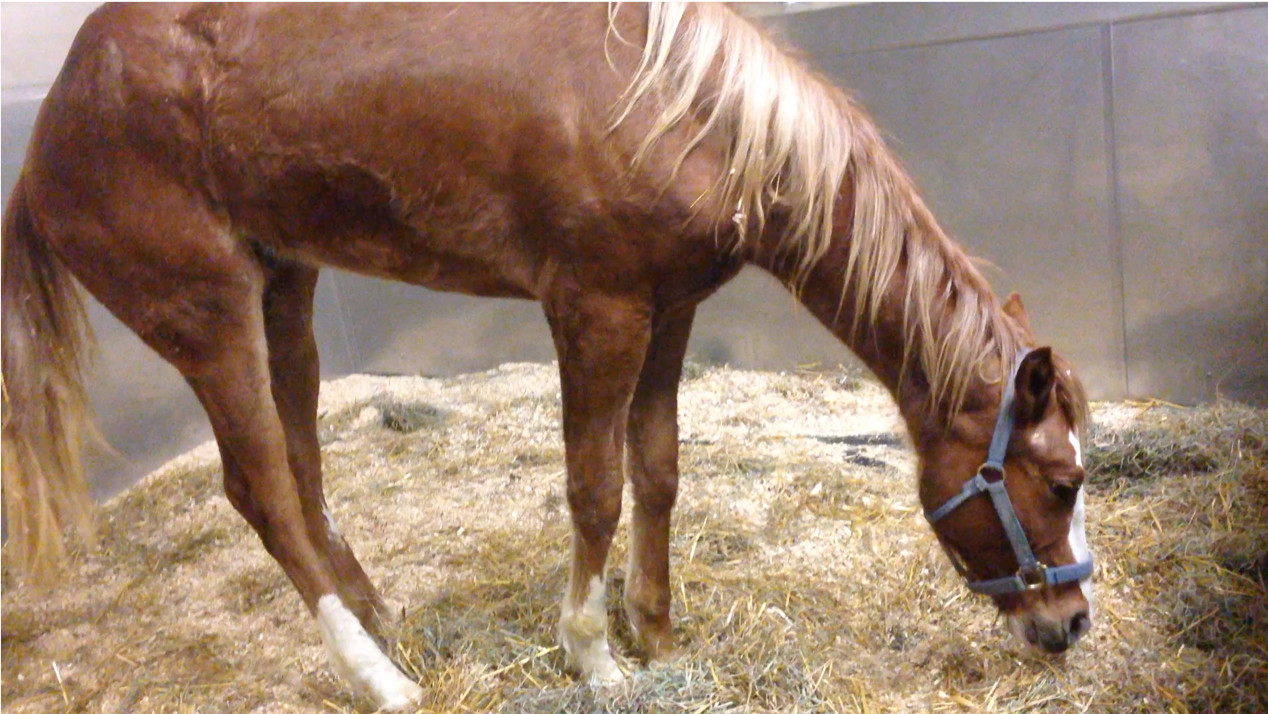
Equine Motor Neuron Disease (EMND)
Takeaways
- Equine motor neuron disease (EMND) typically occurs in older horses that have been vitamin E deficient for >18 months.
- EMND affects lower motor neurons, interfering with neurological input into muscles.
- Affected horses display muscle atrophy, weakness, and weight loss.
- Dietary vitamin E supplementation is used to treat the disease, will varying rates of success.
- Ensuring that horses receive adequate vitamin E through access to pasture or closely monitored vitamin E supplementation reduces the risk of developing EMND.
*Download a printable version of this article here.
What is equine motor neuron disease?
Equine motor neuron disease (EMND) typically occurs in older horses that have been vitamin E deficient for more than 18 months. It affects lower motor neurons, the nerves that supply the direct neurological input into all muscles. Without these, the associated muscles atrophy, resulting in the clinical signs of weakness and weight loss characteristic of this disease. The degeneration of motor neurons observed in horses with EMND resembles those seen in cases of amyotrophic lateral sclerosis (ALS or Lou Gehrig’s disease) in humans. Risk appears to peak at 16 years of age, and not all horses deficient in vitamin E for extended periods will develop the disease.
What are the clinical signs of equine motor neuron disease?
The clinical signs of EMND include muscle atrophy, muscle twitching, weakness, weight loss, and sweating. Affected horses may carry their heads lower than normal and lie down for longer periods.

How is equine motor neuron disease diagnosed?
The disease is primarily associated with low plasma concentrations of vitamin E (alpha(α)-tocopherol). Increased copper levels in the spinal cord and high iron levels in the liver have also been noted in some cases. A muscle biopsy is taken from the tail head muscle (sacrocaudalis dorsalis medialis) to look for histopathologic evidence of damage to the neurons.
How is equine motor neuron disease treated?
For affected horses, treatment involves changing the vitamin E level in the diet. The natural source of vitamin E for horses is fresh green grass. Horses that do not have adequate access to pasture may require supplementation. The only biologically active form of vitamin E is α-tocopherol. The natural form, d-α-tocopherol, is more bioavailable, more readily absorbed, and has greater antioxidant activity than the synthetic form, dl-α-tocopherol (also called all-rac-α-tocopherol). It is not recommended to use the synthetic product at any dosage, as it is ineffective at raising blood vitamin E levels.
Determine baseline vitamin E levels through bloodwork before starting a supplementation program, as it may be necessary to fine-tune the dose. For horses that do not have adequate access to fresh green grass, recommendations are made based on baseline blood vitamin E levels and α-tocopherol formulation (i.e. natural liquid product or natural powder/pellet product). Perform follow-up bloodwork to determine if the dose needs to be adjusted.
What is the prognosis for equine motor neuron disease?
With treatment, approximately 40 percent of horses affected by EMND improve; 40 percent stabilize; and 20 percent progress in severity of disease. Those that stabilize can have a good quality of life, but are unfit for performance. Horses that are diagnosed with EMND are not safe for riding.
How can equine motor neuron disease be prevented?
Ensuring that horses receive adequate vitamin E through access to pasture or closely monitored vitamin E supplementation reduces the risk of developing EMND.
For more information:
Center for Equine Health Horse Report, Fall 2018: https://ceh.vetmed.ucdavis.edu/sites/g/files/dgvnsk4536/files/inline-files/Horse_Report_Fall_2018_web.pdf
An Evening with Vet Med - Management Considerations for California Horses: https://ucdsvm.mediasite.com/Mediasite/Play/1fd1820ca7aa49078095c5741d8d456a1d
*This article may not be reproduced without the written consent of the UC Davis Center for Equine Health. Please email requests to cehadmin@ucdavis.edu.
